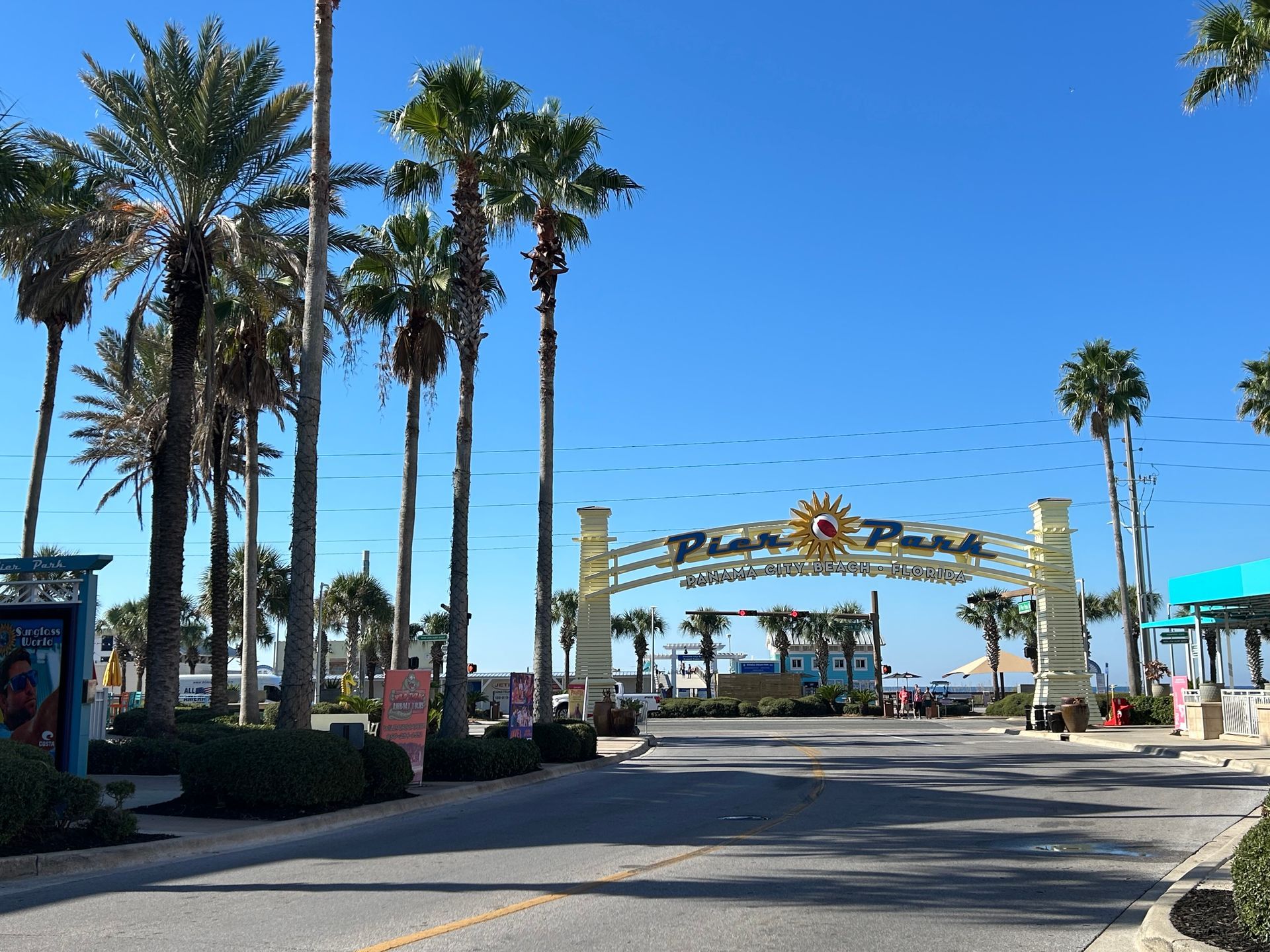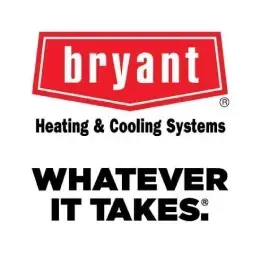MAKE YOUR COASTAL COMFORT SECURE!

Panama City Beach delivers sun, sand, and unyielding humidity under its tropical climate. The average humidity level in Coral Springs is over 70% all year round, causing homeowners to be at high-risk for mold. At **A+ Superior Mechanical**, we offer preventive measures to protect your home and health.
Understanding the Humidity Challenge
Climate Factors
- Gulf Influence: Humid, warm air from the Gulf penetrates into homes, generating condensation on walls, windows, and HVAC systems.
- Storm Susceptibility: Storms and hurricanes introduce water intrusion risks, resulting in the increased growth of mold inside attics, basements and crawl spaces.
Health Risks
- Mold exposure can cause allergies, asthma, respiratory infections — and worse in children, the elderly, and people with weakened immune systems.
- Hidden colonies of mold can lurk out of sight until the property or occupants suffer structural damage or health symptoms.
Effective Humidity Control Techniques
1. Dehumidifiers
- Whole-Home Devices: Keep indoor humidity at 30-50%.
- Mobile Choices: These options are best for damp locations, such as in navigation bathrooms and laundry areas.
2. Ventilation Strategies
- Run kitchen and bathroom exhaust fans.
- Open windows for air exchange on low humidity mornings.
3. HVAC Maintenance
- Replace filters monthly.
- Two tune-ups per year are a way of optimizing moisture removal.
4. Seal Leaks
- Check your roofs, windows, and plumbing.
- Fill gaps with weatherstripping or caulk.
5. Gutter Maintenance
- Keep gutters clean and work to drain water away from your foundation seasonally.
Mold Prevention Strategies
1. Routine Inspections
- Inspect crawl spaces, basements and under sinks for early signs of mold on a monthly basis.
2. Timely Repairs
- Resolve leaks or flooding in **24–48 hrs** to avoid mold growth.
3. Mold-Resistant Materials
- Use mold-resistant paint, drywall and insulation when remodeling.
4. Professional Evaluations
- Post-storm examinations and air quality inspections to determine hidden hazards.
Building Trust & Value by Offering Professional IAQ Insight
Why IAQ Matters
- The air in our homes can be **2–5x more contaminated** than outdoor air(EPA).
- Key contaminants:
- VOCs emitted by paints, cleaners, and building materials.
- Mold spores in moist spots.
- Particulates such as dust and pollen.
Building Trust Through Transparency
- In-depth reports pinpoint potential hazards including post-storm mold or VOC spikes.
- Solutions: UV purifiers, dehumidifiers, or smart ventilation.
Upselling Advanced IAQ Solutions
- Couple evaluations with personalized updates:
- HEPA filtration for allergens.
- UV-C lights that kill germs.
Take Your HVAC Services to New Heights with Profitable IAQ Bundles
Why Bundle IAQ with HVAC?
- Tackle what's under the hood while in regular maintenance (dust and humidity).
- Make choices easier for the homeowner with prepackaged solutions.
Top IAQ Enhancements
- 99.97% HEPA filtration: Traps 99.97% of allergens.
- UV-C Germicidal Lights: Kill mold in ducts.
- Smart Air Purifier: Pair with wi-fi thermostats for real-time monitoring.
Recurring Revenue Opportunities
- Have seasonal packages available (like a “Spring Allergy Defense” with duct cleaning)
Hidden Dangers in Seaside Homes: Allergens & VOCs
Coastal Allergies
- Mold & Mildew: Grows in damp places — look in attics and HVAC systems.
- Pollen: Enter from open windows, worse during the rainy season.
- Dust Mites: They live in humid bedding and carpets.
VOC Threats
- Sources: Paints, adhesives, synthetic flooring.
- Risks: Headaches, respiratory irritation, long-term health problems.
Proactive IAQ Management
- Ventilate: Employ exhaust fans and open windows judiciously.
- Use low-VOC products: Look for environmentally friendly paints and materials.
Keep Humidity in Check: Use dehumidifiers to maintain levels under 50%.
Make Your Coastal Comfort Secure!
You don’t have to allow humidity and mold to ruin your Panama City Beach home. A Better
Mechanical provides customized services for coastal issues.
Call Now: (850) 258-3225
Schedule an IAQ Assessment: [asuperiorac.com](https://asuperiorac.com)
Do it today: Say PCB IAQ and **save 10%** on whole-home air quality upgrades!
Enjoy peace of mind and add value to your home with Florida’s most trusted HVAC & IAQ
company.
A Superior Air Conditioning Company Blog





